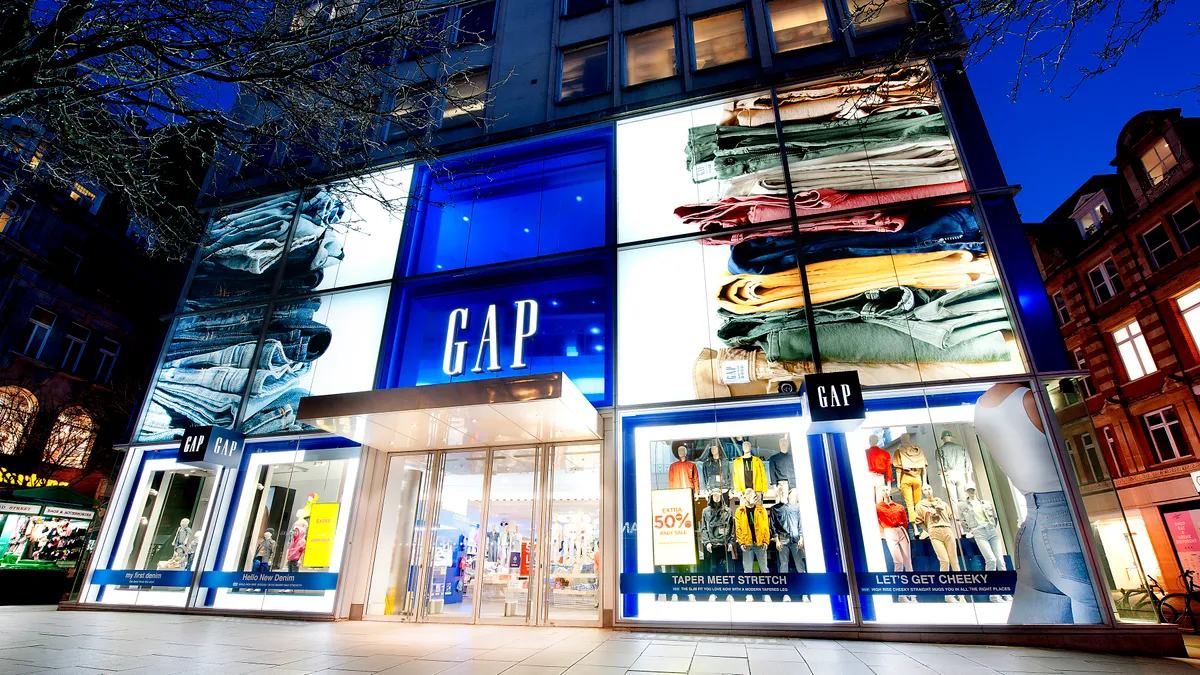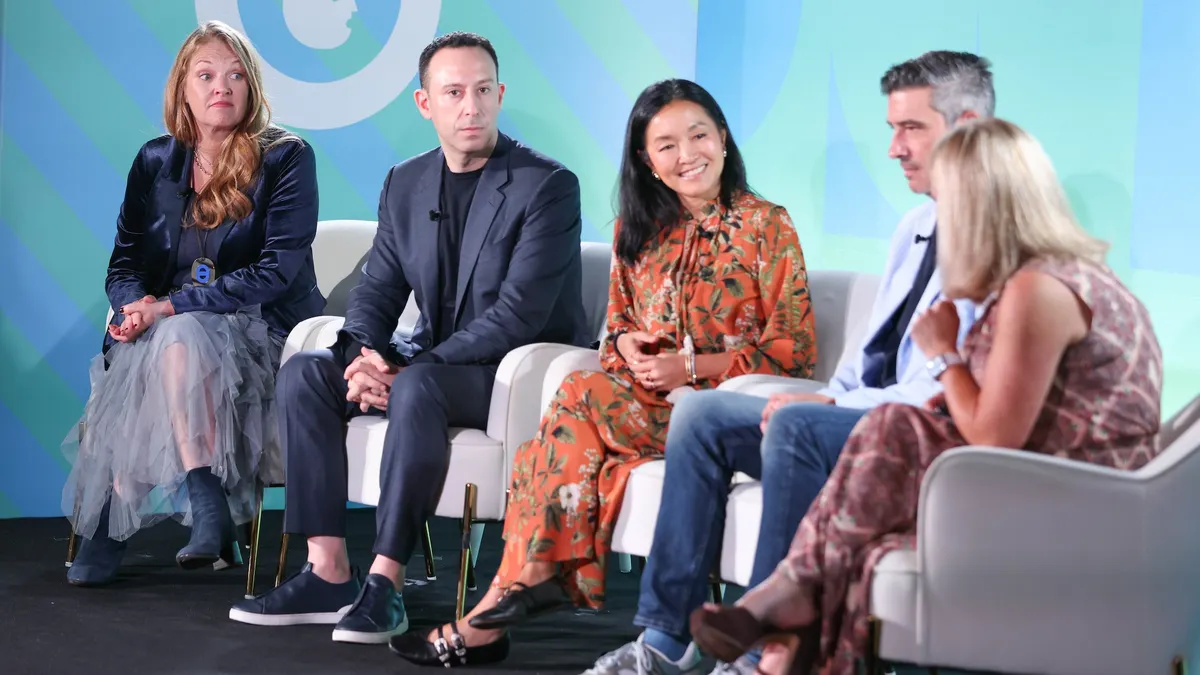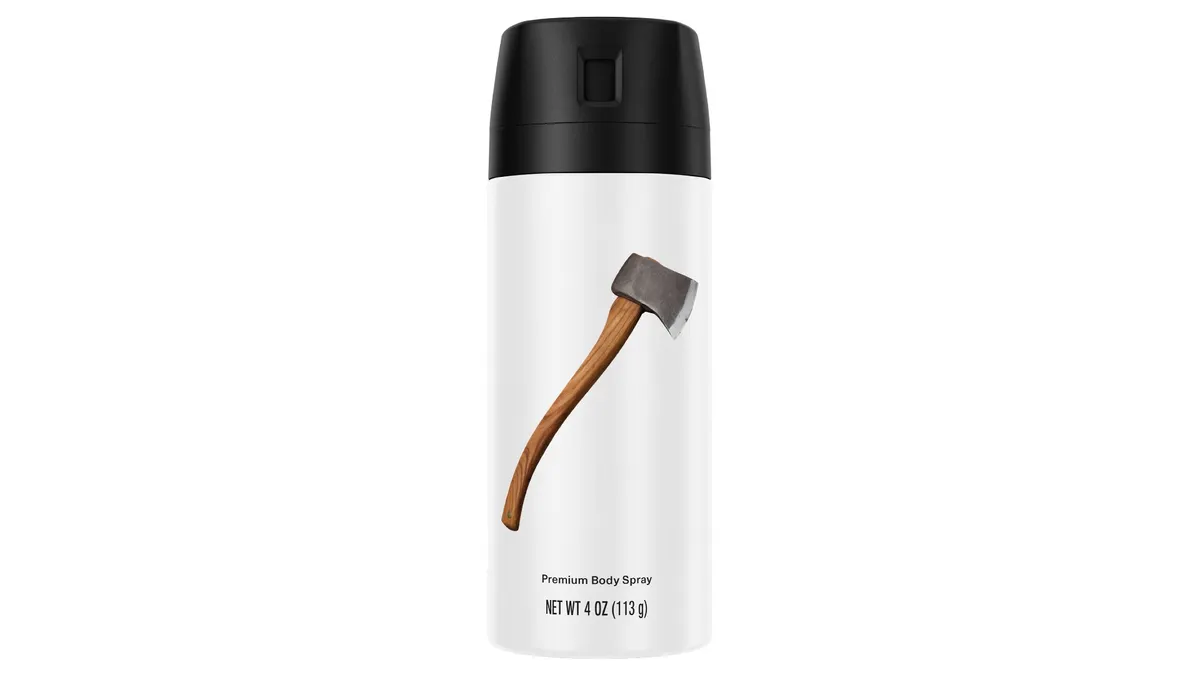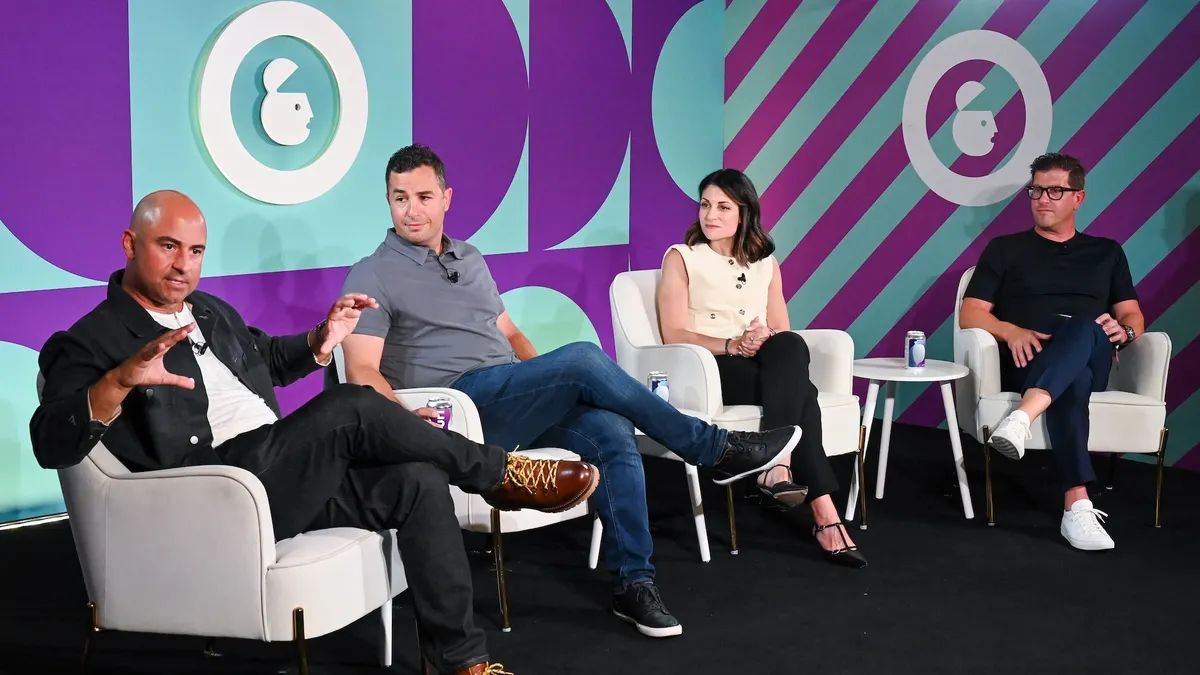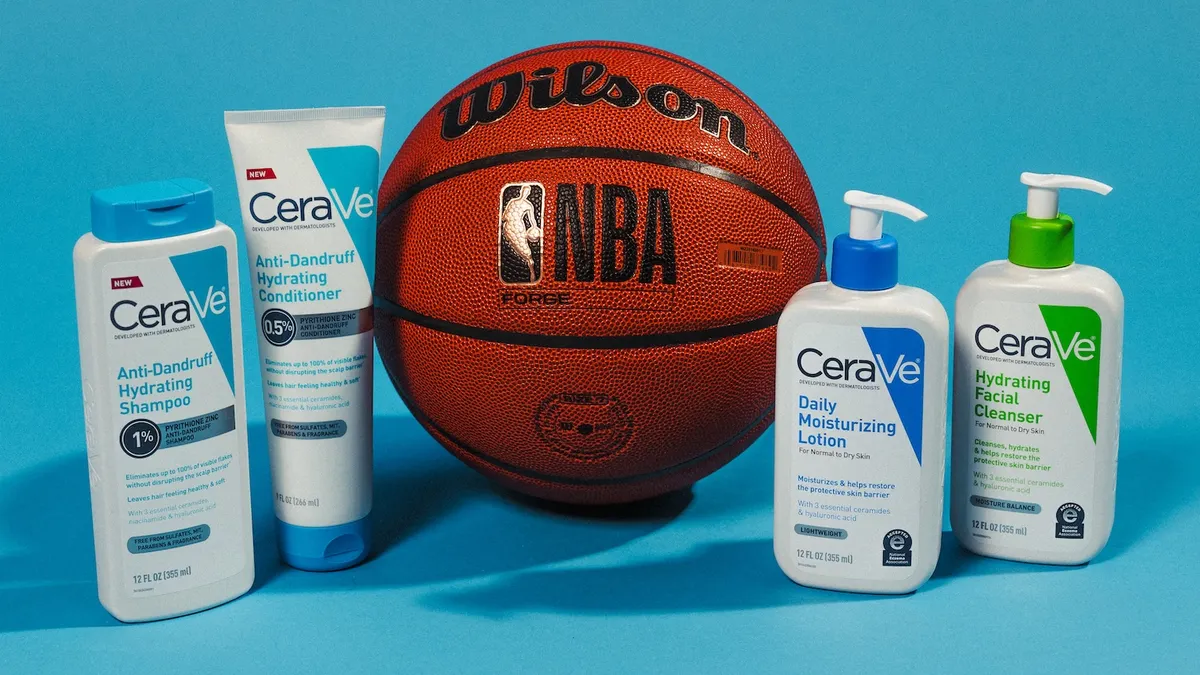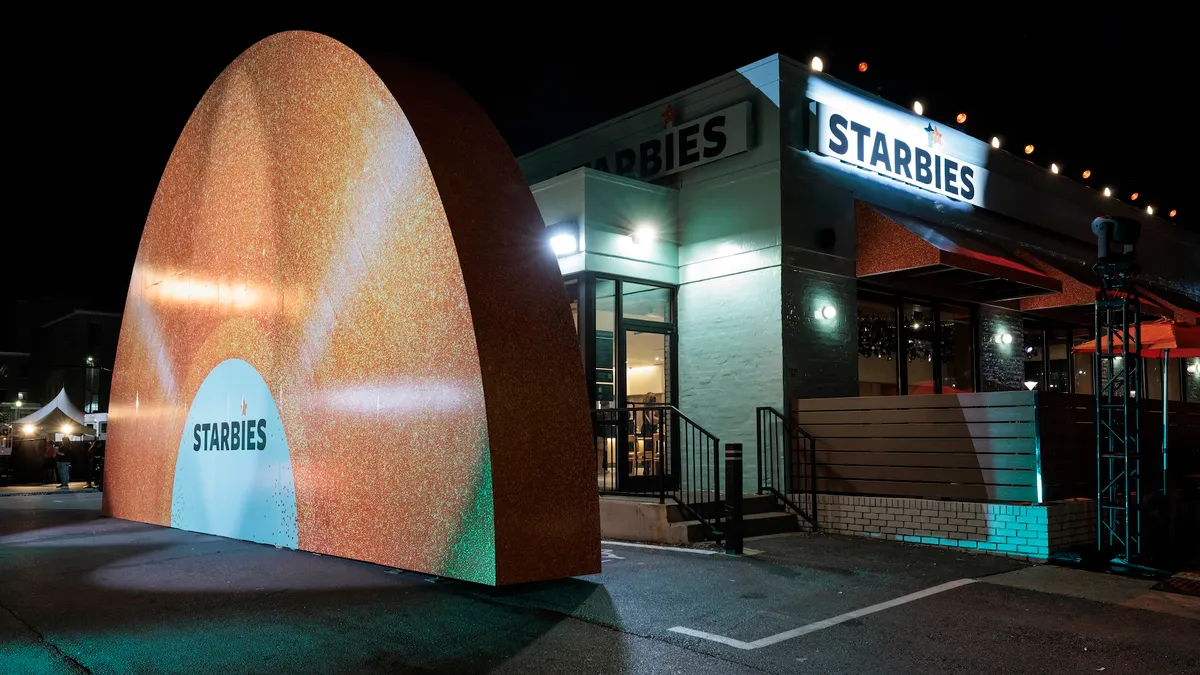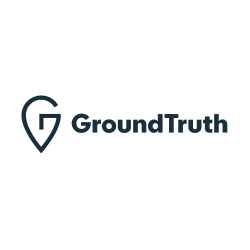Since Brandless launched in July 2017, both CPG and consumer circles have buzzed about the direct-to-consumer company’s innovative “anti-brand.”
But co-founder Ido Leffler is quick to point out that the San Francisco startup, which sells an array of products ranging from food and housewares to beauty and health products, isn’t rejecting branding at all. Instead, he says Brandless nixes the hidden costs that come with traditional marketing and advertising — or what the company calls the “brand tax.”
Brandless claims its operational efficiencies and simple design, marked by a white rectangle and check marks placed next to trendy value-adds such as organic and gluten-free, can save consumers 40% compared to what they would pay for a national brand. Brandless’s commitment to premium quality and low prices — all of its 280-plus products are $3 or less — have earned it the nickname “Procter and Gamble for millennials”, and secured its $50 million in seed money prior to launch.
"We have some real extreme value items, so to be able to get olive oil for $3 or coconut oil for $3 is remarkable," Leffler said. "...People are seeing our products and the cost and saying, 'Wow, I’m invited to this.' People are saying, 'I didn’t realize my family was able to have this.'"
The company’s goals stretch far beyond luring this coveted demographic. In a marketplace where organic, GMO-free and mission-based products often come with a hefty markup, Brandless looks to democratize the better-for-you shopping experience — and make it affordable and accessible to every shopper. The company drove this message home at its first retail pop-up in Los Angeles earlier this month, where instead of selling its products, the company looked to build community with customers with samples, a selfie station and food, wellness and entrepreneurship panels.
During the interview, Leffler talked with Food Dive about how Brandless delivers premium value for a $3 price tag, the inspiration for its minimalist branding and how the business could develop in the future.
The following interview has been edited for brevity.
Food Dive: Consumers used to associate minimal branding with generics. Why do shoppers view your products as premium?
Leffler: Brandless is a brand — it just has a different set of values to a traditional brand. The thing that has [influenced] everything we do is this notion of just what matters. Just what matters on the packaging, just what matters in the product and just what matters in the way that we talk about the product both internally and externally.
The second thing that we do is we don’t benchmark ourselves for price. We benchmark ourselves for deliciousness, nutritional value, for the way the product makes you feel, and on the value that we can provide. We want the product to be ready for ship, not shelf, meaning that it will arrive to you in a condition that you’re really happy with.
And the beautiful thing with the just what matters notion in regards to the way our product looks is that we want it to be simple for people to understand. You’ll notice that on the front of every pack we have our product attributes — our check marks. There is a war internally [at the company] as to what’s [included] on those check marks because they need to quickly answer: Is it vegan? Is it organic? Whatever the check mark is, it needs to be so evident to the consumer that they feel confident in it from the second they see it... it’s really about making sure everything that’s on-pack and everything that’s in the product is 100% what it should be, and nothing more.
"We want to give the facts and only the facts. If you’re a parent, or if you’re somebody that’s health and diet conscious, you’re looking for something that you’re going to be able to relate to simply and easily."

Ido Leffler
Co-founder, Brandless
Food Dive: What inspired the check marks as a main design feature?
Leffler: We want to give the facts and only the facts. If you’re a parent, or if you’re somebody that’s health and diet conscious, you’re looking for something that you’re going to be able to relate to simply and easily. We also want our products to look good. And that’s the idea behind this iconic white box that we have on our packaging. It’s something that people want to put in their pantry. There’s no point in having a product that doesn’t look good. We spent a lot of time on the design and the functionality of the product because we want it to be something you’d be proud to show — we wanted that conversation piece.
Food Dive: Speaking of conversation piece, you just launched a pop-up in Los Angeles, but didn’t sell products there. What was the strategy there?
Leffler: We call it Brandless IRL, or Brandless In Real Life. And the intention of IRL was really to get people to see the plethora of products that we have available, which is really fun to show. But more importantly it was meant to be a community space for people to come in and learn and share all about life, love and living. When you walked into that space you felt like you’re not a customer — you’re part of Brandless. The response we’ve had has been phenomenal. It’s engaging, it’s fun — people [didn't] want to leave.
Food Dive: Is Brandless looking to enter brick-and-mortar in the future?
Leffler: It’s definitely something that we have in our discussions, but it’s not something that we have in our immediate plans.
Food Dive: How has your food category been performing?
Leffler: It's phenomenal. We have some real extreme value items, so to be able to get olive oil for $3 or coconut oil for $3 is remarkable. We're also seeing that people love what we call everyday snacking items, whether it's our black bean salsa, our tortilla chips, our granolas. …Food is in our top 10 items on a consistent basis. I would say at least seven of them are food, and things that people wouldn’t necessarily buy because of the cost of them on the shelf of a traditional store. But people are seeing our products and the cost and saying “Wow, I’m invited to this.” People are saying “I didn’t realize my family was able to have this.”
Food Dive: You've talked a lot about how the elimination of "brand tax" and your direct-to-consumer model has helped keep costs low. How else do you keep prices at $3?
Leffler: One of the wonderful things that we’re able to do, because of our authentic story, is that we're able to get remarkable partners from the manufacturing world to believe in that story and to believe in the narrative that better shouldn't cost more. At the very beginning we were preaching a story and selling a dream. Today, the numbers are there and we've become a very meaningful partner for a lot of these suppliers who believed in us from day one. Now that we have scale, now that we're getting to that level where we're increasing our orders every single month with these suppliers, we can make sure that the products that we provide will not only maintain the value, but in some cases we're even able to provide better value.
"This is a need for everybody. There's no part of this country that does not need better-for-you products at a price that's amazing."

Ido Leffler
Co-founder, Brandless
Food Dive: Is the $3 price here to stay? Will Brandless expand to higher end items in the future?
Leffler: We're committed to our everyday essentials staying at $3. I can’t comment on what the future holds. This is not something that we’re doing, but to give you an example, if we were ever to launch a bicycle we could not do that at $3. But what we could do is do something that is extreme value, but that’s not something that’s in our immediate plans — $3 everyday essentials is what we’re all about right now.
Food Dive: Many food companies put a lot of marketing spend into their product branding. How do you market your products?
Leffler: We have a 360-degree marketing plan, so we have everything from radio to television now… but the biggest part of our marketing all goes toward our community. It's social media, it's community building, it's information sharing. It's really building up a platform to allow our customers to share, and frankly we’ve been so lucky that the press has been so supportive of Brandless from day one. I’m on the road 365 days a year talking about this story because it's a fascinating one and more to the point, it's a need. This is a need for everybody. There's no part of this country that does not need better-for-you products at a price that's amazing. And so this affects everyone and as such, the bigger the megaphone for us, the better. That's what gets us excited.
"By eliminating the brand tax you're able to provide not just extreme value, but extreme quality at the same time. Otherwise we as customers end up paying for it, so a product that cost $2 to make becomes a $20 item on shelf."

Ido Leffler
Co-founder, Brandless
Food Dive: Did you choose a direct-to-consumer technology to reach people who don’t have access to organic, premium products?
Leffler: That is a massive part of the equation. The second part of it is that once you take the traditional retail out of it. and the traditional distributors, and the traditional brokers, and the traditional 30 layers that go into a product of cost before it goes onto the shelf, you're able to eliminate the "brand tax." And by eliminating the "brand tax," you're able to provide not just extreme value, but extreme quality at the same time. Otherwise, we as customers end up paying for it, so a product that cost $2 to make becomes a $20 item on shelf. All of us as consumers end up paying for that inefficiency. In our case, you don't have any of that inefficiency in the model at all, and so we're able to do it in a way that is authentic in a way that we can scale.
Food Dive: What does the future hold for Brandless?
Leffler: For Brandless right now, we are in active listening mode. We have our ear to everything — listening to the industry, listening to the press, listening to our customers — our most important people about what they’re looking for next from Brandless. Brandless wants to be a part of those conversations. We are the new kids on the block, we’re a team of people that’s got decades of experience behind us. And one thing that I’ve learned over my few decades of being in the consumer products world is that we know very little and we learn new things every single day, and that’s what we’re searching for — more partners, more people that want to be part of the Brandless story. It’s that simple.








